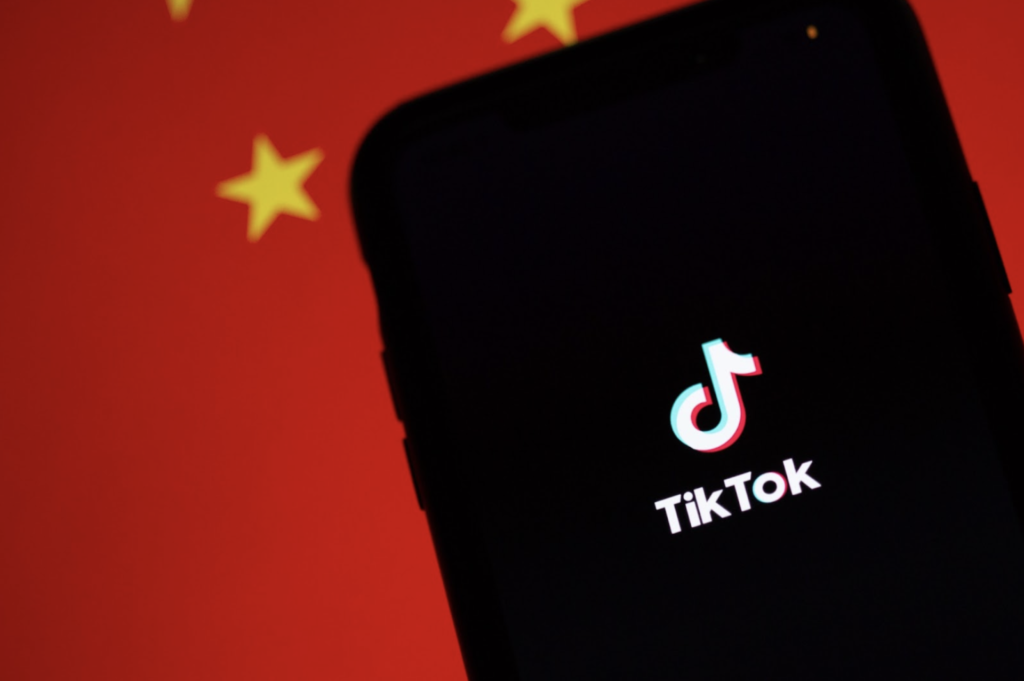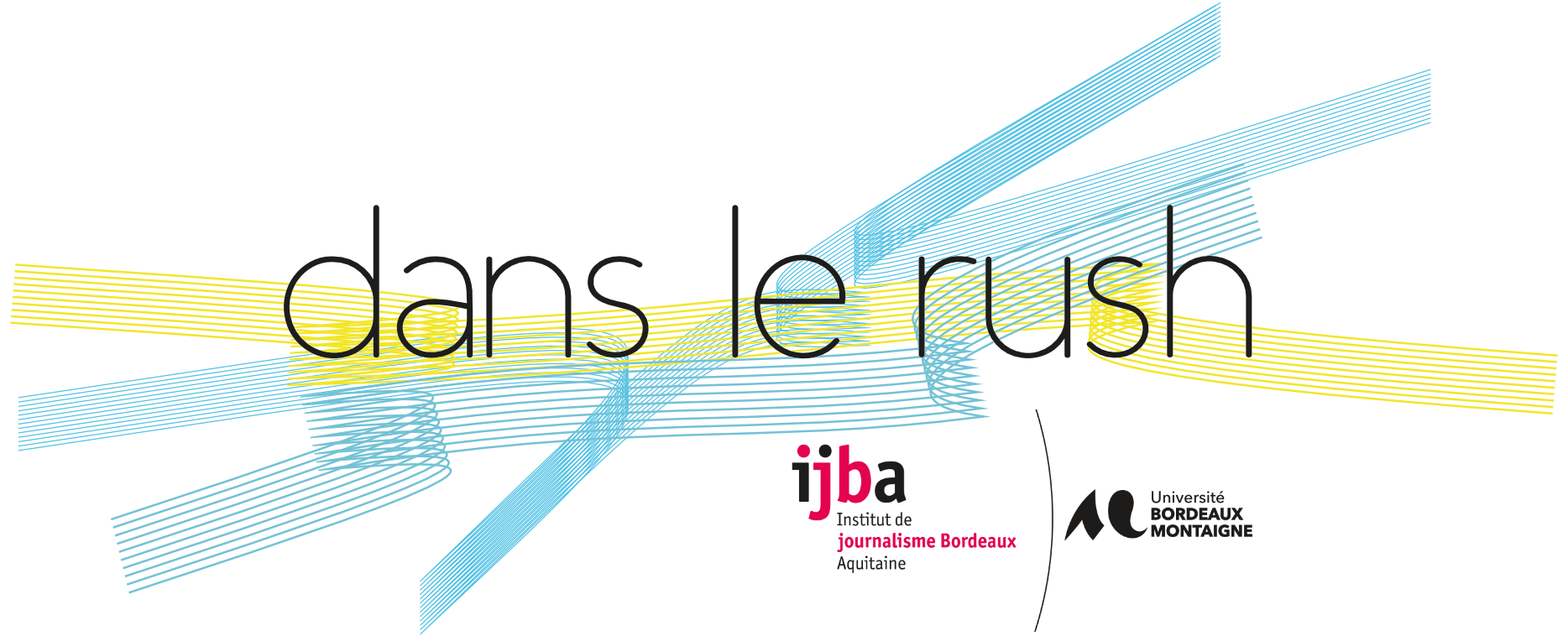In an effort to downplay the Uyghur crisis, China launched a counter-offensive strategy, using social networks to disperse propaganda. It is especially the case with TikTok where many videos praising Xinjiang beauty have emerged lately.

wukong417, sl004513243427589, cassie1375, … all of these users are spamming TikTok using the hashtags #Xinjiang and #Uyghur. These accounts among thousands have emerged in response to western countries’ allegations regarding Uyghur’s forced labor in China. Their various dates of creation match with the scandals that the country has witnessed with regards to its treatment of the Uyghurs population. Some directly address and deny reports revealed in western media, such as this one : xxinjiang. The biography of another account redirects users toward a website pretending to “debunk all U.S allegations” regarding Uyghurs in Xinjiang. These spamming accounts are interconnected, reposting or following each other and sometimes even instrumentalizing the same characters such as the so called “Uyghurs grandpa”. Dancing and smiling, the famous “grandpa of Kashgar”, a city in Xinjiang, is seen praising the region and promoting China and Mao Zedong. But who is he? On the international version of TikTok he is impossible to trace back. However, on Douyin, the “Chinese TikTok”, the famous grandpa has an official and certified account that hold the following mentions : “Kashgar Guli’s Home Tourism Development Co., Ltd.” On a Chinese website Guli’s Home is referred to as a “hot tourist attraction where visitors can experience everyday life in Kashgar”.
« Happy Uyghurs living in Xinjiang »
The worldwide social media app owned by “ByteDance”, a Chinese enterprise, is not accessible in China where only a Chinese version called “Douyin”, unknown in western countries, is available. Both versions are presented as the same product. But in practice, it means that a non-Chinese resident will be using the “international version” and will have access to contents that a user registered with a Chinese telephone number will not be able to see. In app stores, Chinese users can only find Douyin. Therefore, the TikTok accounts praising the beauty of Xinjiang are aiming for an international audience. This is the case for some accounts pretending to be “happy Uyghurs living in Xinjiang”, like that of aygul_uyghur « a simple Uyghur girl from Xinjiang« . This account has more than 6,000 subscribers and is very popular under the #Xinjiang banner despite its recent inactivity. A study conducted by Australia’s Strategic Policy Institute has taken it as an example to highlight the regime’s propaganda. It seems that a Chinese citizen can only publish on TikTok if and only if he promotes the country and the regime.
What’s more, Douyin is under the strict control of the government. Through the China Netcasting Services Association of contents, the party decides which contents are authorized and which are not. For instance, it is forbidden to publish any content promoting hedonism, mocking the party or referring to Taiwan or Hong Kong as independent territories. Messages are strictly targeted to a specific audience. Generally speaking, the access to social networks in China is limited and strongly controlled, especially on TikTok. Even more so for the Uyghur population.
China has been accused of committing exactions against Uyghurs, a chinese muslim minority. Human rights groups believe that China has detained over a million of them against their will in what the state calls “re-education camps » in the north-western region of Xinjiang. There are evidences that in these camps, Uyghurs are sterilised, tortured, sexually assaulted and being forced labour especially in cotton field. Several countries have accused China of comitting genocide and crimes against humanity and firms all over the world have taken action to bannish chinese cotton from their products. China has strictly denyed those allegations claiming they were “completely fabricated” and that its system of « re-education » camps are there to combat separatism and Islamist militancy in the region. As Uyghurs and former detainees have started to speak up, China has launched a counter-attack spreading through social media, especially TikTok.
The propaganda wave surfing on social networks
Propaganda is however not limited to TikTok. Youtube also plays a large role in promoting false narratives. On gulixinjiang’s TikTok page, promising to “ introduce Xinjiang”, only two videos have been posted, both accumulating over 90K vues and 12.2K likes. But her account only has 3 337 followers. She also has a Youtube channel on which she claims that forced labour in cotton field were lies encouraged by western countries in march 2020. She also used to have a twitter account but it has been suspended for abusing platform policies. Her account had been reported several times by users for propaganda.
Tiktok, Twitter and other social media are used massively by the Chinese government to spread its propaganda regarding Uyghurs, usually through fake accounts. A phenomenon denounced by expatriate Uyghurs who demand the truth. While USA, UK, Canada, and the Netherlands qualifies the way China treats Uyghurs as a genocide, Human Rights Watch and Amnesty have published reports accusing China of crimes against humanity.
Valentine Meyer, Mathilde Muschel & Susie Muselet
BLACK BOX
For this investigations, we stated by looking at Tiktok accounts discussing the topic via #Xinjiang and #Uyghurs. Some seemed very odd for the following reasons: false identity, spams, fake news, biographies of “simple uyghurs living in Xinjiang”, odd comments, or even some local Kashgar characters massively used by spamming accounts. We focused on 3 main accounts : a spamming proactive account, the account of a young woman claiming to be “a simple uyghur living in Xinjiang” and the account of a tendentious Youtuber that migrated to TikTok.
We started to investigate those accounts by studying their profile pictures through the use of Yandex and Google image. We looked at the biography of those accounts and the tags in their captions. Sometimes it was in English or sometimes it was in Chinese so we used Google Lens and Baidu to translate them. Then we proceeded to trace their other social media thanks to GoFindWho which redirected us for some of them to their Youtube channel, Twitter account or other social networks. Afterward, we used Youtube Metadata to analyze the Metadata on their videos. We also went on Baidu to access Douyin to find some profiles that were not accessible on Tiktok. We couldn’t find on TikTok who was this famous Grandpa appearing on most of the TikTok using the hashtags Uyghurs and Xinjiang. We tried to find him on Baidu but it was on Twitter that we were able to find his Douyin username and then trace back to him on the Chinese version of TikTok. His Douyin account is certified. We translated his biography with Google Lens and it said : Kashgar Guli’s Home Tourism Development Co., that we then googled and found on Chinese websites but couldn’t find it on GoogleMaps or BaiduMaps.
